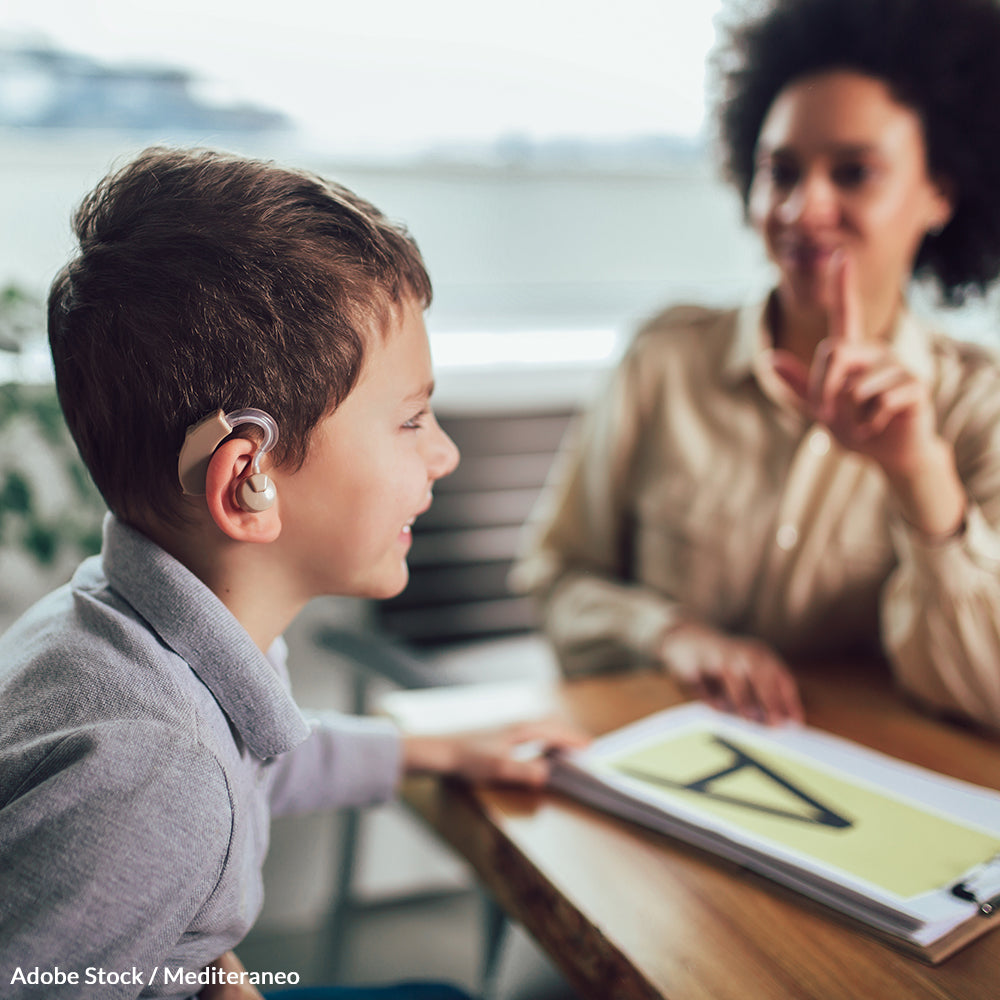Make ASL Common Curriculum In Schools
Final signature count: 9,012
9,012 signatures toward our 30,000 goal
Sponsor: The Literacy Site
More than a half-million people throughout the U.S. use ASL to communicate, but it is still not part of the common curriculum.

American Sign Language is not standard in any school curriculum. Rather, it is offered as an elective course, lumped in with foreign languages1.
The fact is, ASL is the third most commonly used language in the United States, after English and Spanish. Approximately more than a half-million people throughout the U.S. use ASL to communicate as their native language2.
People who are deaf, mute, and on the spectrum, use ASL to communicate and interact with others, but they are not the only people who make use of ASL3.
Being proficient in ASL allows others without hearing issues to communicate with a wide range of hearing, hard of hearing, and deaf individuals—including students in mainstream and deaf school or university programs, as well as deaf or hard of hearing residents and business people. ASL also improves the quality of family communication for hearing people with deaf or hard of hearing family members4.
Parents who teach their infants sign language are often able to communicate more quickly with their children5. The sooner children are exposed to sign language, the more fluent they have the potential to become6.
Starting or continuing the study of sign language in high school prepares students follow through in college, becoming a sign language interpreter, speech language pathologist, or psychologist7.
Teaching sign language in both elementary and high schools can help to bolster communication between students, and prevent mainstreamed deaf students from feeling isolated at their schools8.
Several states throughout the country have begun to recognize ASL as a foreign language, which makes it easier to justify the teaching of sign language in schools1.
One school in Milwaukee guarantees that every child attending the school will be exposed to ASL9, while a high school in Temecula, CA, has a growing sign language program with up to three years of sign language offered10. The classes also teach about deaf culture, giving students the opportunity to understand the challenges those in the deaf community face, and the opportunity to become advocates in the program11.
Leaders in education like school board members and the Department of Education can also choose to make ASL an option in American schools. But that may not happen without some encouragement.
Sign the petition below to help Americans of all ages by asking for greater access to ASL resources and education in school.


